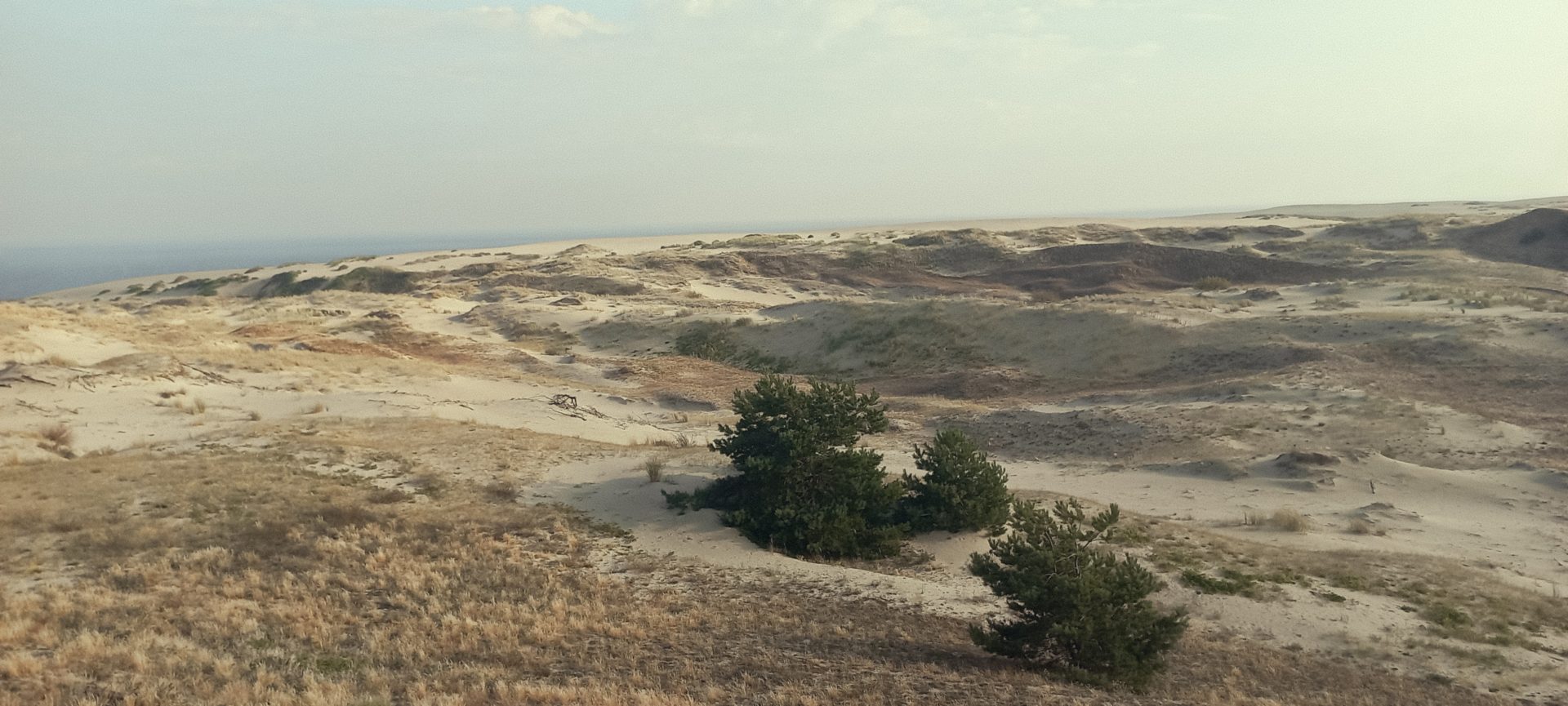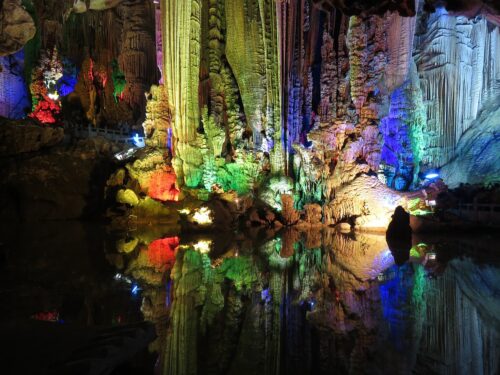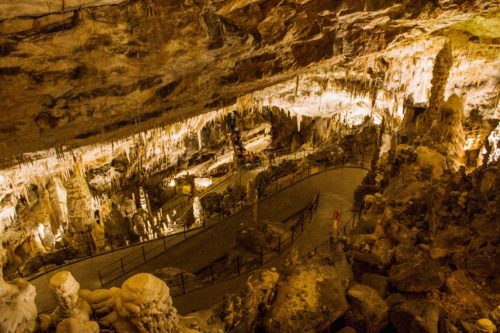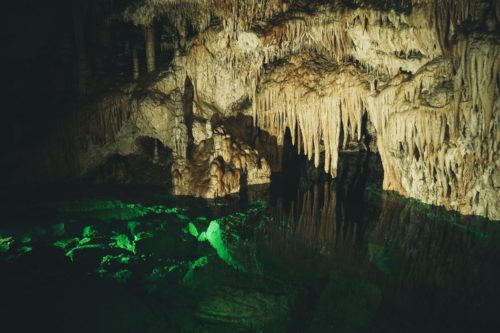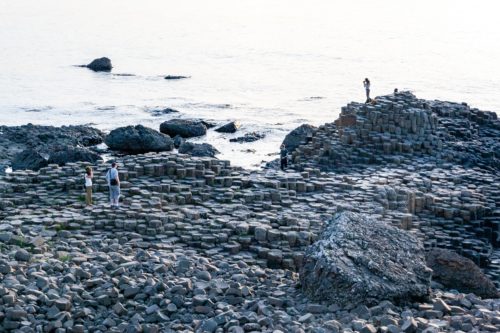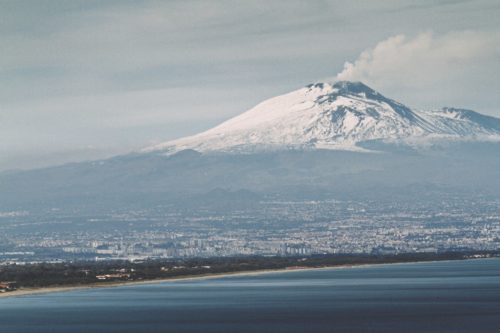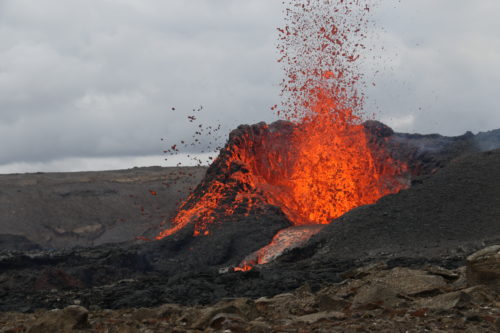‘The giantess filled her apron with fine sand and hurried away through the water. But the apron string tore and the sand slid into the sea under her long strides, forming the Curonian Spit,’ is how Wilhelm von Humboldt retold the legend.
The Curonian Spit is a sandbar 0.4 to 3.8 kilometres wide and 98 kilometres long, with the Baltic Sea on one side and the lagoon on the other. The huge shifting dunes of the spit once buried several villages. But in the second half of the 19th century, the dunes were well planted and thus stabilised. In 2000, the Curonian Spit was declared a World Heritage Site.
Today, 52 kilometres of this sandy strip of land belong to Lithuania and the southern 46 kilometres to Russia.
Photo: Sandy expanses: the Curonian Spit. Credits: Unsplash/Vitaly Gavrushchenko
